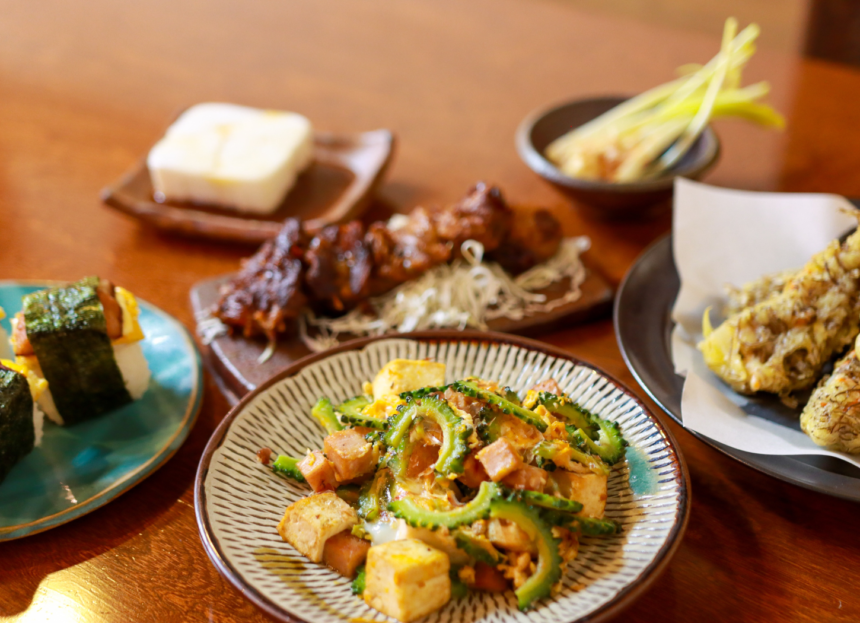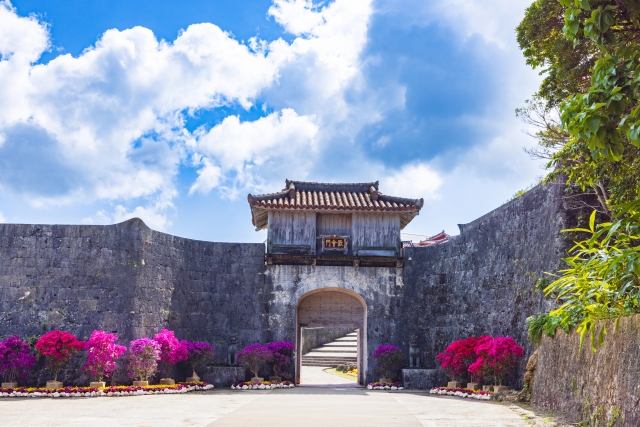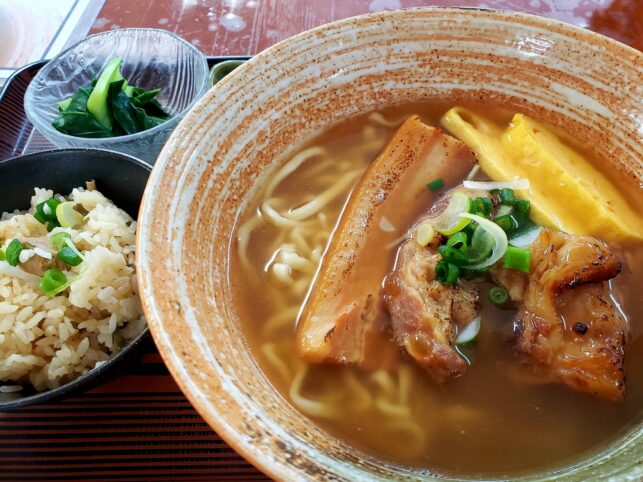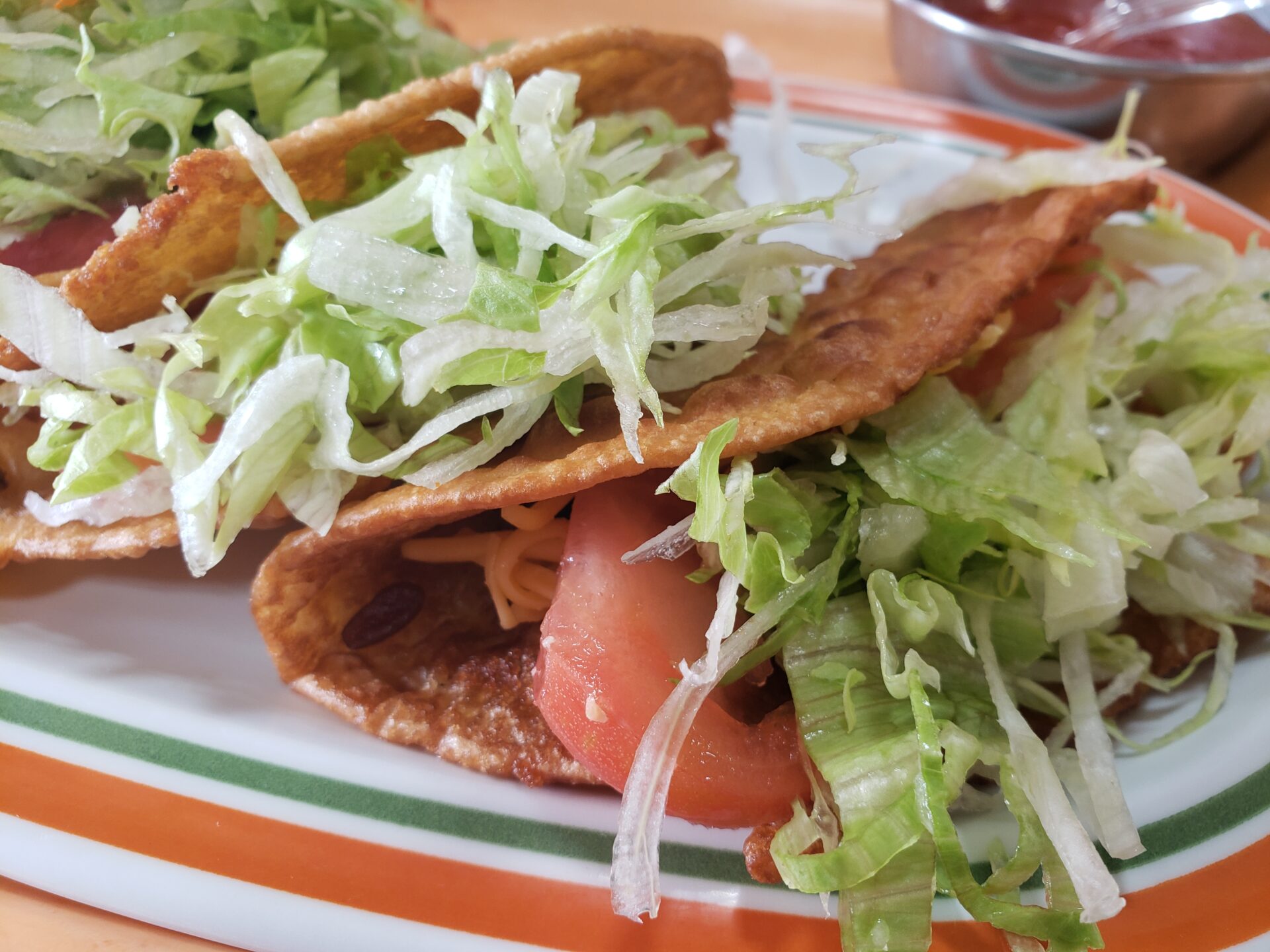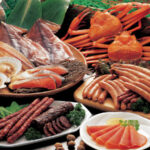When you think of a trip to Okinawa, sightseeing and marine sports might come to mind. However, the food and gourmet scene are also rich and fulfilling. Okinawa’s food culture is full of local characteristics and traditions, making it well worth experiencing. Exploring hidden restaurants and diners by rental car is one of the joys of traveling.
This article introduces the charm of Okinawan food culture and recommends some of its signature dishes. If you’re planning a trip to Okinawa or are interested in its culinary culture, this is a must-read. Now, let’s embark on a journey into the delicious world of Okinawa!
Unique Characteristics of Okinawan Food Culture
Okinawa’s food culture has its unique traits. Due to different geographical conditions and historical background from mainland Japan, Okinawa’s cuisine has evolved in distinctive ways. For instance, Okinawan dishes make abundant use of seafood and mountain vegetables, and feature unique flavors and cooking methods.
Okinawan cuisine has also been influenced by cultural exchanges during the Ryukyu Kingdom and the American occupation, resulting in a wide variety of dishes. Learning about Okinawan food culture offers a deeper understanding of the region’s history and culture.
The unique flavors and techniques that have been passed down through history form a distinct cultural tradition all their own.
History and Background of Okinawan Cuisine
It begins with the Ryukyu Kingdom period. There was active exchange with China and Southeast Asia, which influenced Okinawan ingredients and cooking. Geography also plays a role in the background of Okinawan food culture. Okinawa’s subtropical climate and abundant natural environment have shaped its cuisine.
As a result, dishes rich in seafood and vegetables are mainstream in Okinawa. You may also have heard of “soki,” “rafute,” and “pork onigiri” made with pork luncheon meat—a pork-based culture that is a core part of Okinawan cuisine.
Okinawan food also reflects a cultural pursuit of health and longevity suited to its climate and lifestyle. Despite being vegetable-based, the pork-eating culture, which began with the history of raising Agu pork for hospitality, is indispensable. Moreover, healthy ingredients like seaweed and tofu are used abundantly, making the cuisine very healthy indeed.
Must-Try Okinawan Dishes
Here are some dishes you absolutely must try in Okinawa. Okinawan cuisine is not only delicious but also offers local flavors you can only experience there.
1. Champuru
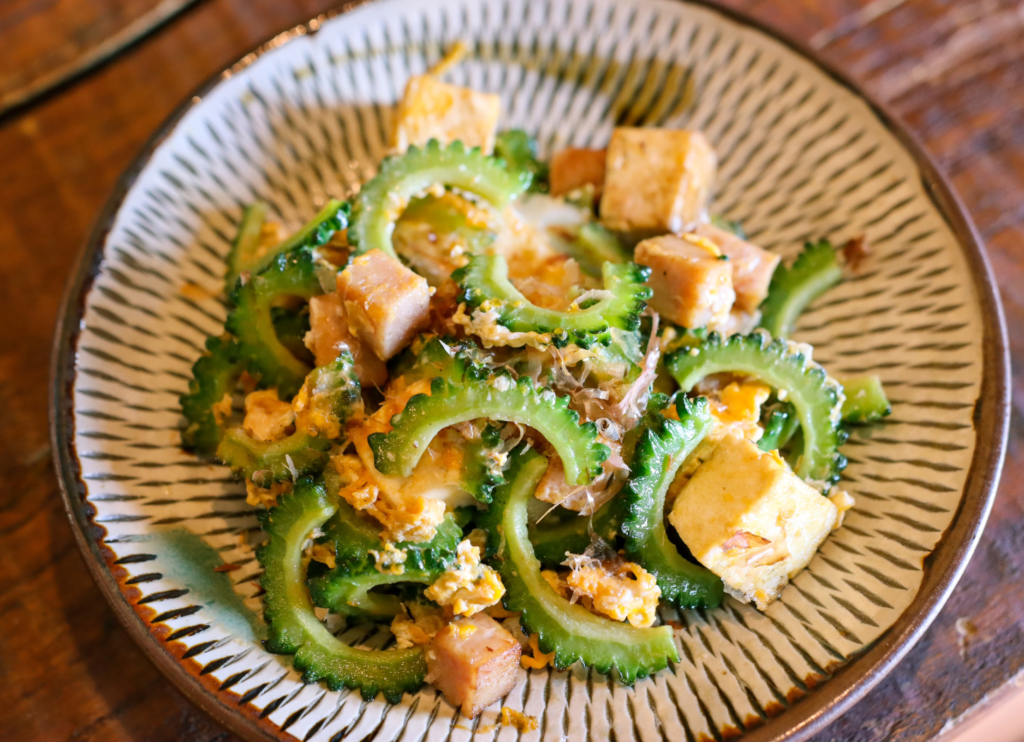
“Champuru” means “mix” in Okinawan dialect and is a representative home-cooked dish of the region.
It’s a stir-fried dish made with tofu and vegetables. The well-known “goya champuru” is made with bitter melon and pork, and is a staple Okinawan dish. The bitterness of goya and the umami of vegetables blend perfectly, stimulating the appetite.
There are also versions made with somen noodles or wheat gluten, which go perfectly with alcohol.
2. Pork Dishes
Popular pork-based dishes include soki soba and rafute.
Rafute is a dish similar to braised pork belly. Pork is simmered in a sweet and savory sauce until tender. It’s commonly served over Okinawa soba or rice. The sauce infused with pork flavor is irresistible—you’ll get hooked.
3. Okinawa Soba
Okinawa soba is a noodle dish unique to Okinawa. The thin, wavy noodles are paired with a light broth based on bonito and pork bones. Common toppings include roast pork, green onions, and fish cake. It’s a daily staple for Okinawans and has evolved to match local tastes.
You can enjoy variations in flavor between traditional shops and modern twists, giving you plenty to try.
4. Okinawan Tempura
Okinawan tempura differs slightly from the mainland version, with a richer flavor and lots of egg, making it hearty on its own.
Tempura of mozuku seaweed, white fish, squid, island vegetables, and goya are all very Okinawan. Specialty shops can be found in port towns and on local streets. It’s Okinawa’s soul food, great as a snack, a side dish, or a drinking companion. Hot tempura is also a great road trip snack.
5. Tacos & Taco Rice
Tacos and taco rice are staples of Okinawan cuisine. While tacos are a Mexican dish, Okinawan-style tacos are uniquely delicious, and taco rice is especially recommended.
Taco rice is said to have originated in Kin Town in the 1980s when a local eatery created the dish by adapting tacos brought to Okinawa. It features taco meat, lettuce, tomato, and cheese over rice. Each shop has its unique flavor, especially the salsa. Why not find your favorite?
Many shops have an international vibe and offer unique side dishes, adding to the excitement.
6. Desserts
“Sata andagi” is like a fried doughnut, with a dense texture and mild sweetness. Freshly fried and hot—called “achikoko” in Okinawan dialect—fills your mouth with a toasty aroma and delightful flavor.
Next is the “tanno cheesecake”, made with Okinawan taro. This cheesecake has a smooth texture and gentle sweetness. Kin Town is the hidden spot for this treat—a must-try item.
“Chinsuko” is another classic treat. Each shop offers its flavor. Also recommended is “zenzai” on hot days, featuring large beans and refreshing shaved ice.
Lastly, try the “banana split”. A dynamic banana parfait that lets you enjoy American culture. With plenty of ice cream, whipped cream, and chocolate sauce, it’s a delight whether it’s hot or cold. This dessert has been served by a well-known ice cream shop for over 55 years. Be sure to try these sweets when visiting Okinawa.
Conclusion
Okinawa offers beautiful nature, including beaches and coastal scenery, along with a relaxed atmosphere perfect for escaping the hustle of daily life.
Why not make “gourmet experiences” part of your Okinawa adventure? Each area and town offers unique scenery, culture, and local cuisine. Beyond the dishes introduced here, Okinawa is full of appealing traditional meals and international restaurants. Use a rental car to venture further, enjoy activities, and discover hidden gourmet spots.
That’s where we recommend “GOGO Car Rental”. You can book both your car and activities from the same site via GOGO Activity, saving you the hassle of using multiple platforms.

